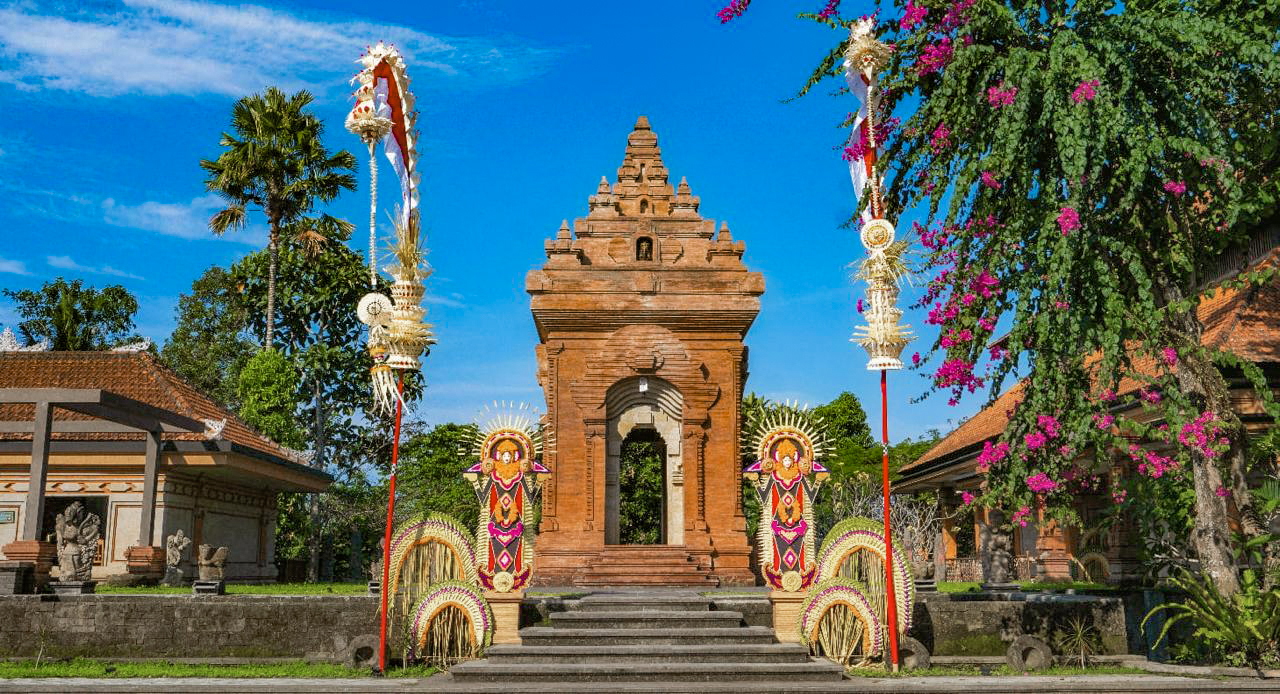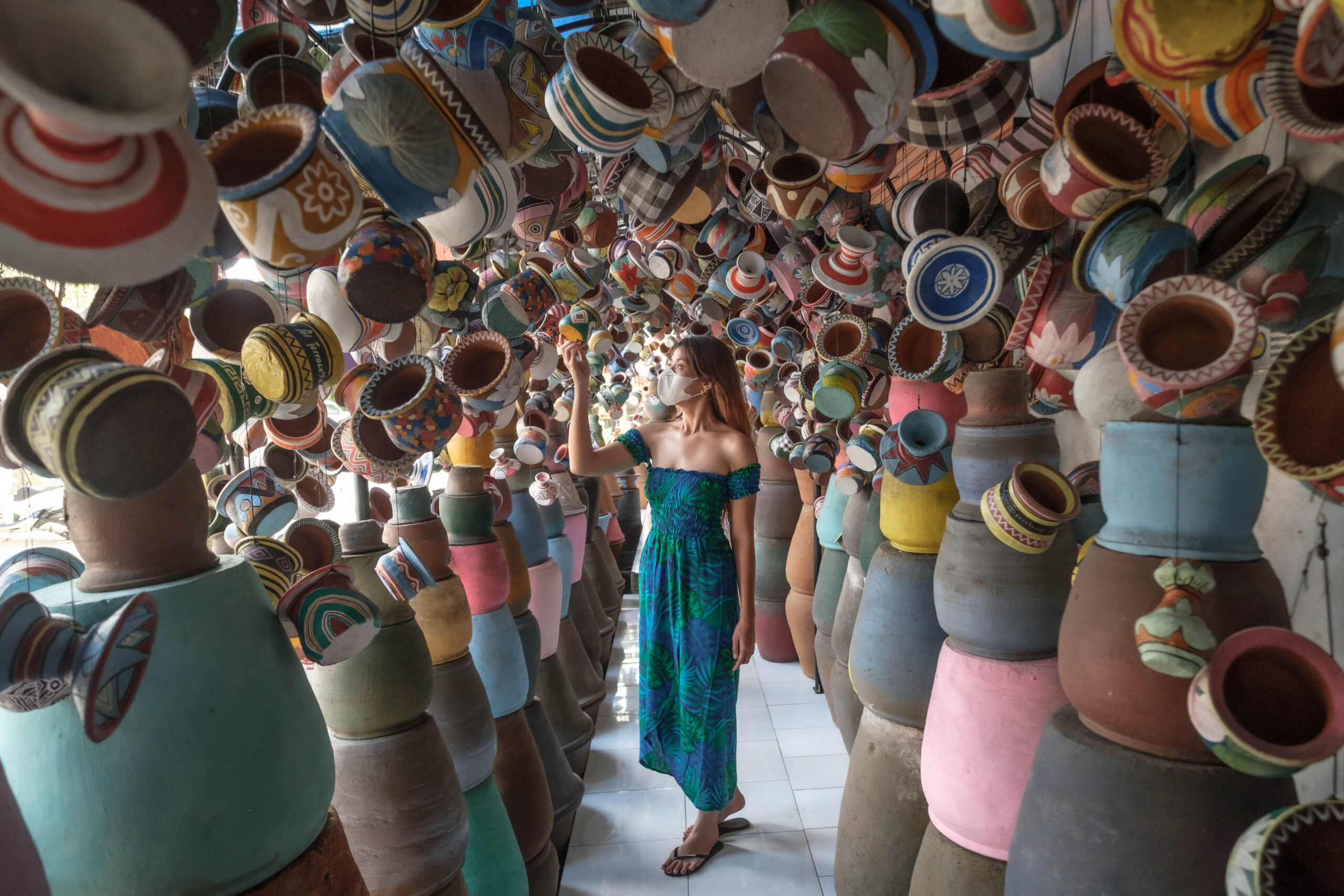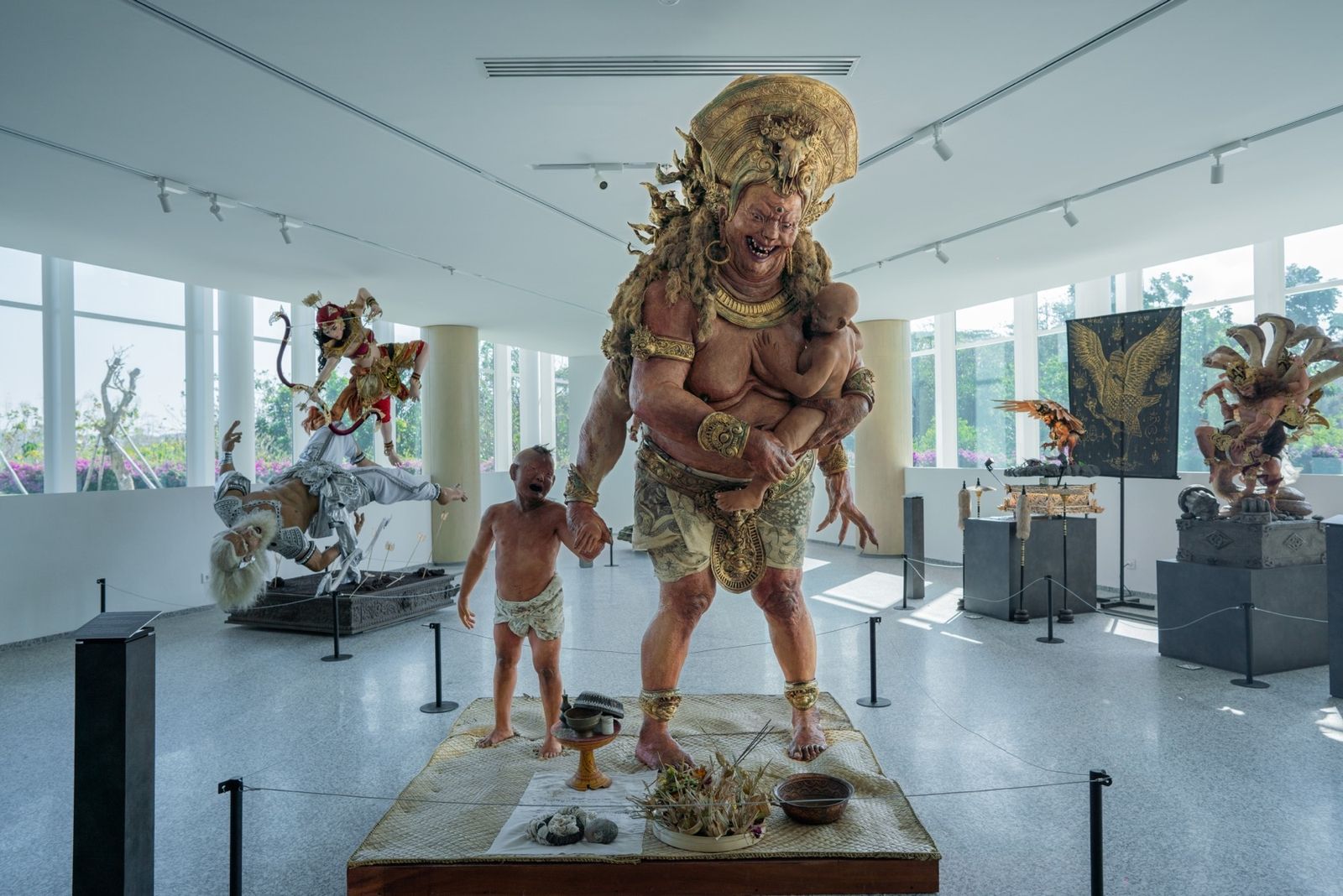The Neka Art Museum, located in the cultural heart of Bali—Ubud, is a significant treasure trove of art, showcasing the rich history and vibrant culture of Bali.
Established in 1976 and officially inaugurated in 1982, the museum was founded by Pande Wayan Suteja Neka, a member of a family deeply rooted in the arts.
His father, Wayan Neka, was an accomplished sculptor who gained international recognition for his monumental works, including a three-meter-high statue of Garuda showcased at the New York World Fair in 1964.
A Vision Born of Passion and Heritage
Pande Wayan Suteja Neka’s journey into the world of art was influenced by his father’s legacy.
His close friendships with prominent artists such as Rudolf Bonnet and Arie Smit led to a deeper involvement in the art community.
By 1975, Neka and Bonnet traveled across Europe, studying art museums and galleries, which solidified his dream of creating a museum to honor Bali’s artistic traditions.
That dream came to fruition with the opening of Neka Art Museum in 1982, a museum that celebrates both the visual arts and Bali’s unique culture.
A Traditional Balinese Architecture
Unlike typical museums, the Neka Art Museum is a complex composed of multiple buildings designed based on traditional Balinese architectural styles.
Visitors are greeted by an open garden, or Natah, followed by several pavilions dedicated to different aspects of Balinese art.
These include the Paviliun Seniman Bali (Balinese Artists Pavilion), the Paviliun Arie Smit (dedicated to the renowned Dutch artist), and the Paviliun Lempad (named after the legendary Balinese artist I Gusti Nyoman Lempad).
The museum’s architecture creates an intimate atmosphere that mirrors Bali’s harmonious blend of nature and culture.
A Diverse Collection Reflecting Bali’s Artistic Evolution
The museum’s permanent collection is carefully curated and divided into various pavilions, each highlighting different artistic styles, historical contexts, and individual contributions.
Key areas include the works of famous Indonesian and Balinese artists, with a special focus on the development of Balinese painting.
The museum houses pieces that reflect Bali’s artistic evolution, including traditional paintings, contemporary artworks, and photography.
The Paviliun Keris (Keris Pavilion), dedicated to the iconic Balinese dagger, the keris, was inaugurated in 2007 and remains an important part of the museum’s collection.
The keris, both a weapon and an art form, plays a significant role in Balinese culture, and the museum’s curation showcases its spiritual and artistic significance.
A Journey of Transformation
Throughout its history, the Neka Art Museum has undergone several renovations, notably during the pandemic years.
The museum’s management was handed over to the next generation of the Neka family, including PM. Kardi Suteja and PA.
Laksmi Kardi, who made significant updates to the layout and exhibition spaces.
These renovations aimed to enhance the visitor experience and facilitate creative economic activities while preserving the museum’s cultural heritage.
In 2022, the museum’s most significant renovations were completed, including the redesign of the Affandi Pavilion and the Statue Pavilion, highlighting the museum’s ongoing commitment to preserving Bali’s artistic legacy while adapting to modern times.
A Cultural and Artistic Hub
The Neka Art Museum stands as a testament to Bali’s cultural richness, offering visitors a chance to explore the island’s artistic history in an immersive and beautiful setting.
From traditional Balinese paintings to modern works, the museum provides a comprehensive view of Bali’s artistic evolution, all housed within a space that honors both the island’s heritage and contemporary artistic expressions.
Whether you’re an art enthusiast or simply a traveler seeking a deeper understanding of Bali’s cultural roots, the Neka Art Museum offers an enriching experience.
With its serene atmosphere, beautifully preserved art collections, and commitment to cultural preservation, this museum remains one of Bali’s most cherished artistic destinations. (BT)
Image Source: nekaartmuseum.com





